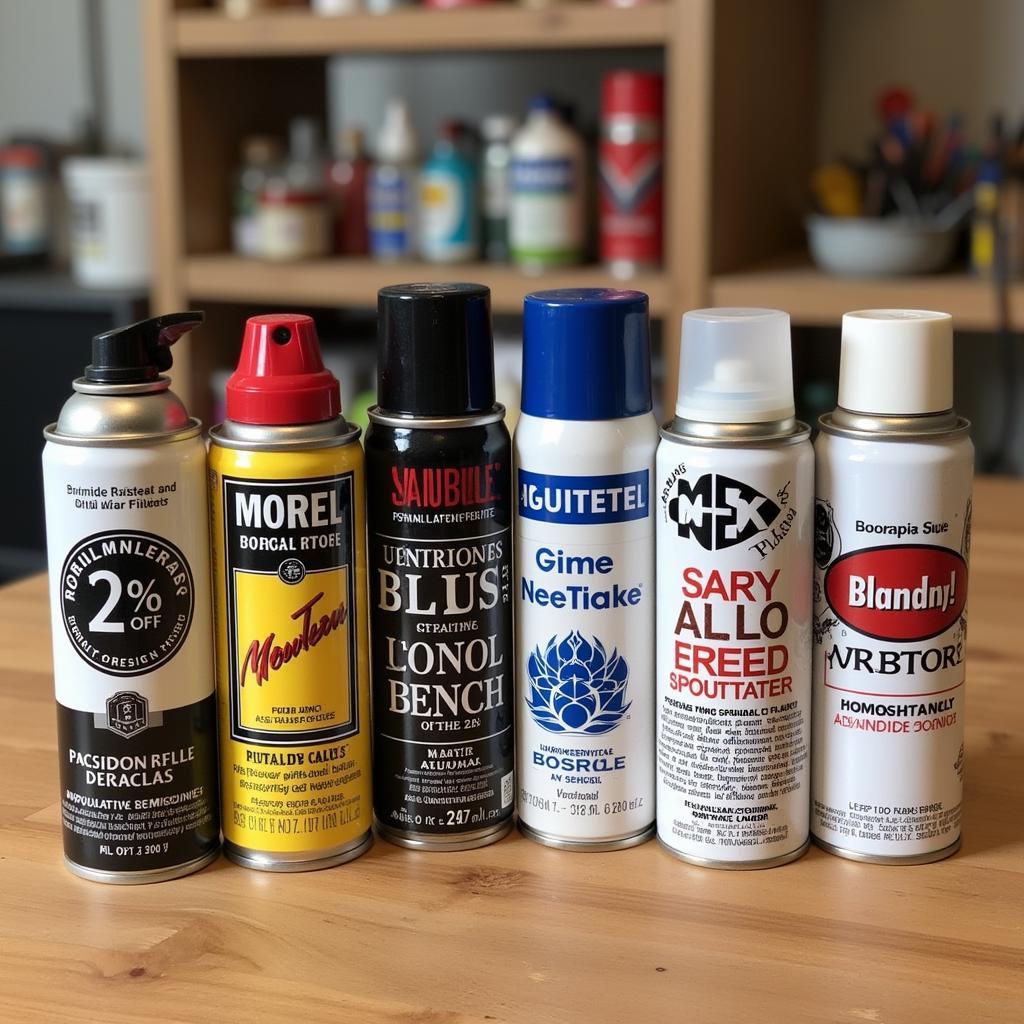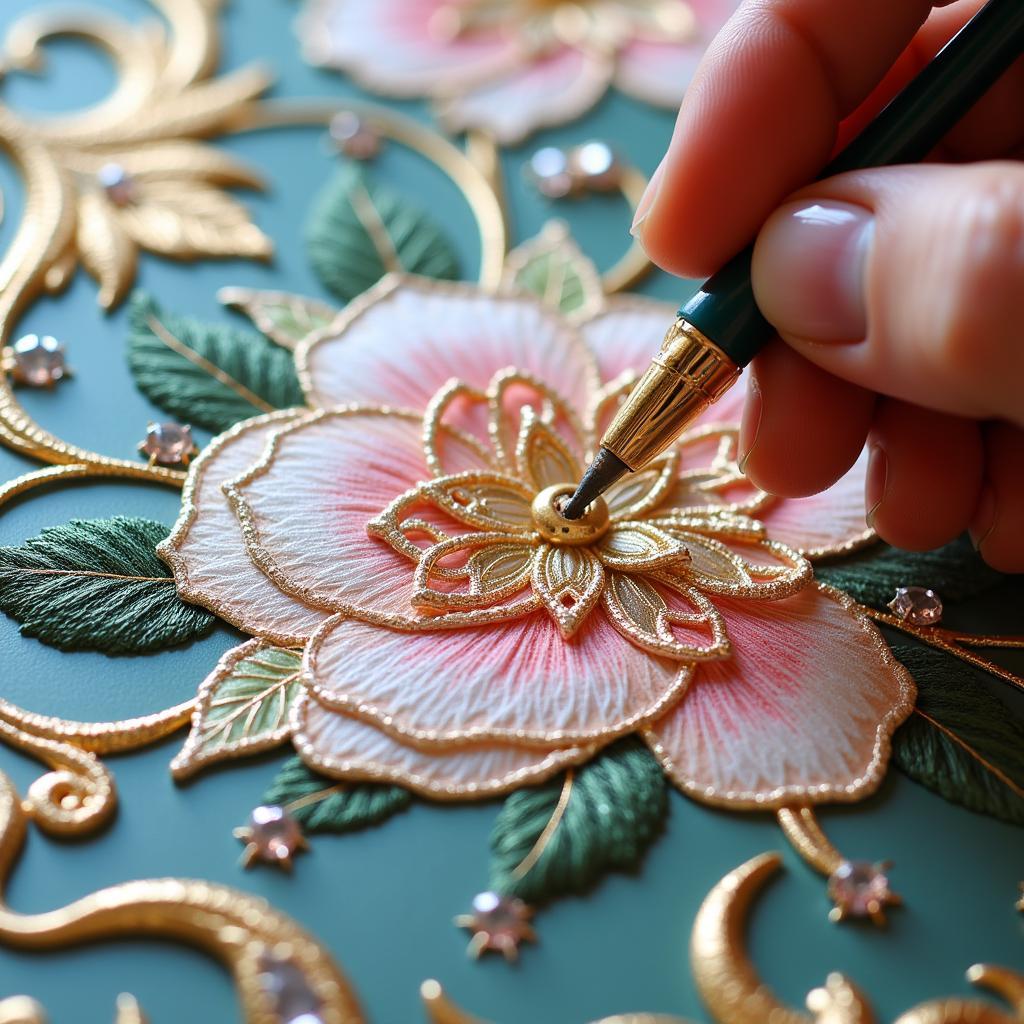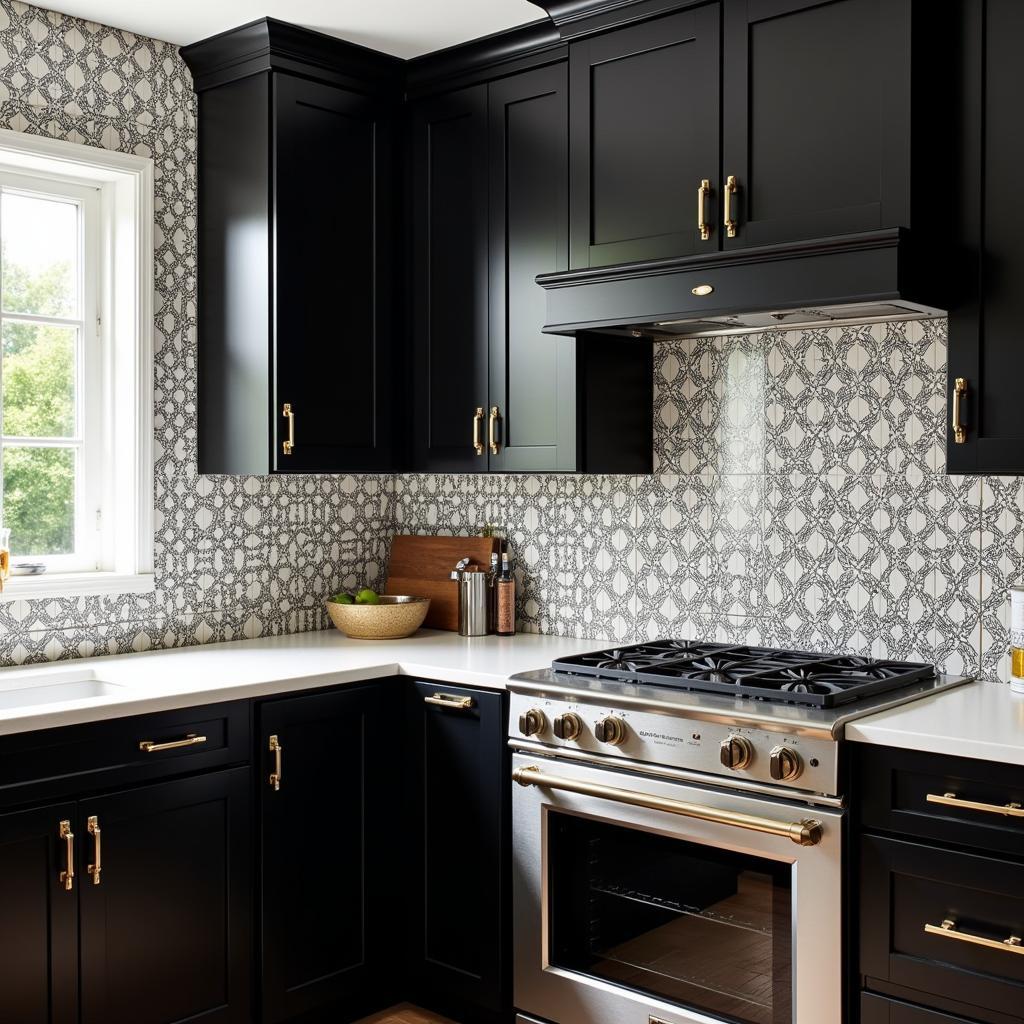Fixative Spray Art: The Essential Guide to Protecting Your Masterpieces
Fixative Spray Art is a crucial step in the creative process for artists working with charcoal, pastels, pencils, and other dry media. This protective layer shields your artwork from smudging, fading, and environmental damage, ensuring its longevity and preserving the vibrancy of your colors for years to come.
Why Use Fixative Spray for Art?
Imagine spending hours meticulously blending soft pastels to create a stunning sunset, only to have it smudge at the slightest touch. Or envision your detailed charcoal portrait losing its depth and contrast as the charcoal dust gradually fades away. These are just a few scenarios where fixative spray art becomes indispensable.
Here’s why you should consider incorporating fixative spray into your artistic arsenal:
-
Smudge Prevention: Fixative acts as a binding agent, locking pigment particles onto the surface and preventing unwanted smudging or smearing. This is especially crucial for delicate mediums like charcoal and pastels.
-
Enhanced Color Vibrancy: A light layer of fixative spray can enhance the vibrancy of your colors, giving your artwork a richer and more luminous appearance.
-
UV Protection: Some fixatives offer UV protection, safeguarding your artwork from fading caused by prolonged exposure to sunlight. This helps preserve the original brilliance of your colors over time.
-
Environmental Protection: Fixative spray provides a protective barrier against dust, moisture, and other environmental factors that could potentially damage your artwork.
Choosing the Right Fixative Spray for Your Needs
Navigating the world of fixative spray art can feel overwhelming with the wide variety of options available. The key is to select a fixative that aligns with your chosen medium and desired finish.
-
Workable vs. Final Fixative: Workable fixatives allow you to add more layers to your artwork without disturbing the existing layers. Final fixatives, on the other hand, provide a more permanent seal and should be applied as the last step.
-
Matte vs. Gloss Finish: Matte fixatives preserve the natural texture and colors of your artwork, while gloss fixatives add a shiny finish, enhancing color saturation and contrast.
-
Solvent-Based vs. Water-Based Fixative: Solvent-based fixatives are known for their strong hold and quick drying time, but they tend to have a more noticeable odor. Water-based fixatives are generally odorless and easier to clean up.
 Various Fixative Spray Cans on a Studio Table
Various Fixative Spray Cans on a Studio Table
Tips for Applying Fixative Spray Like a Pro
Applying fixative spray art correctly ensures optimal results and prevents damage to your artwork. Here are some expert tips to guide you:
-
Test on a Scrap Piece: Before applying fixative to your finished artwork, test it on a scrap piece of paper with the same medium to ensure compatibility and desired effects.
-
Work in a Well-Ventilated Area: Always work in a well-ventilated area or outdoors to avoid inhaling fixative fumes.
-
Maintain a Safe Distance: Hold the can approximately 10-12 inches away from the artwork and apply in light, even coats.
-
Use a Sweeping Motion: Use a sweeping, side-to-side motion, overlapping each spray slightly to ensure even coverage.
-
Apply Multiple Thin Coats: It’s better to apply multiple thin coats rather than one heavy coat to prevent dripping or pooling of the fixative.
-
Allow for Drying Time: Allow each coat to dry completely before applying the next coat or handling the artwork.
Frequently Asked Questions about Fixative Spray Art
1. Can I use hairspray as a fixative for my drawings?
While hairspray might seem like a convenient alternative, it’s not recommended as a fixative for artwork. Hairspray lacks the archival qualities of artist-grade fixatives and can potentially damage your artwork over time.
2. How many coats of fixative should I apply to my artwork?
The number of coats depends on the desired level of protection and the type of fixative you’re using. Typically, two to three light coats are sufficient for most dry media.
3. Can I use fixative on wet media like watercolor or acrylic paint?
Fixatives are generally not recommended for wet media as they can cause the colors to bleed or become cloudy.
Conclusion
Fixative spray art is an essential tool for artists looking to protect and preserve their creations. By understanding the different types of fixatives, application techniques, and common FAQs, you can confidently incorporate this valuable tool into your artistic process. Remember to choose the right fixative for your specific needs and follow the application guidelines carefully to ensure optimal results and longevity for your masterpieces.
If you have any more questions or need further assistance, our team is here to help. Feel free to reach out to us at Phone Number: 02462573573, Email: danteum@gmail.com, or visit us at Savico Megamall, 7-9 Đ. Nguyễn Văn Linh, Gia Thụy, Long Biên, Hà Nội 10000, Việt Nam. We have a dedicated customer support team available 24/7 to address your queries and provide guidance.





